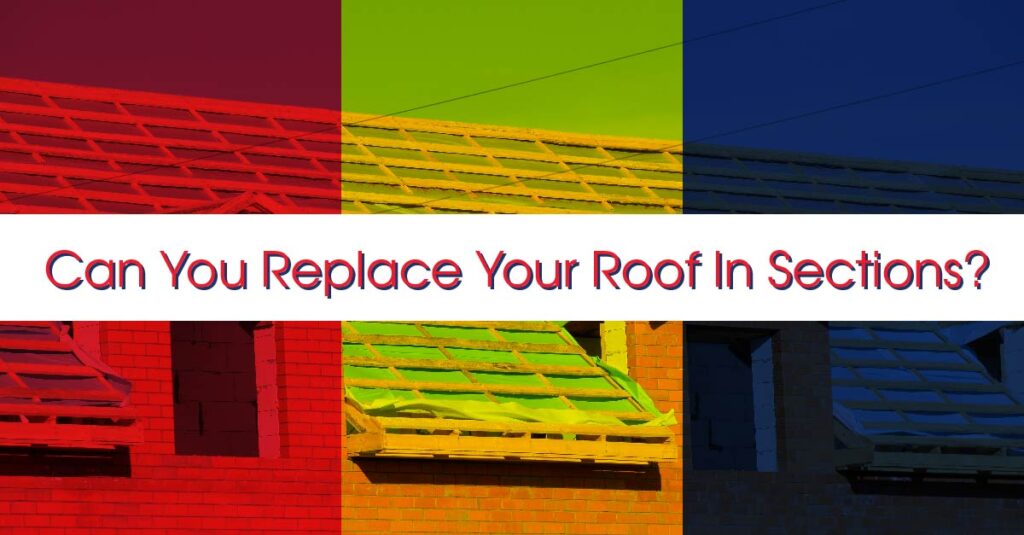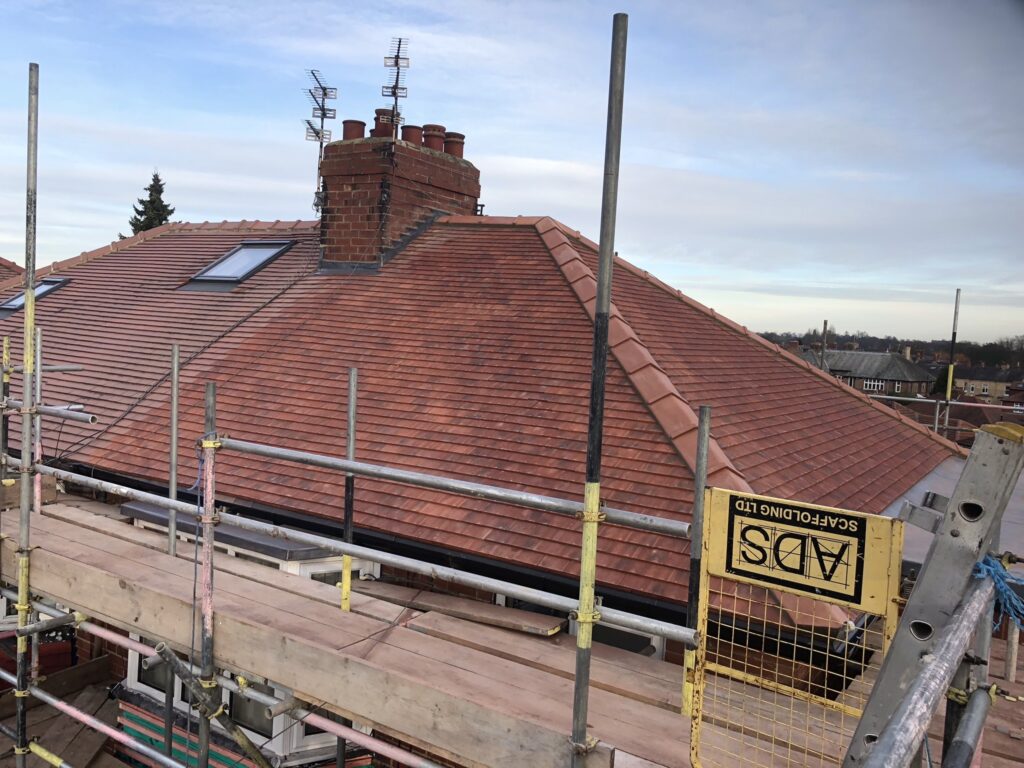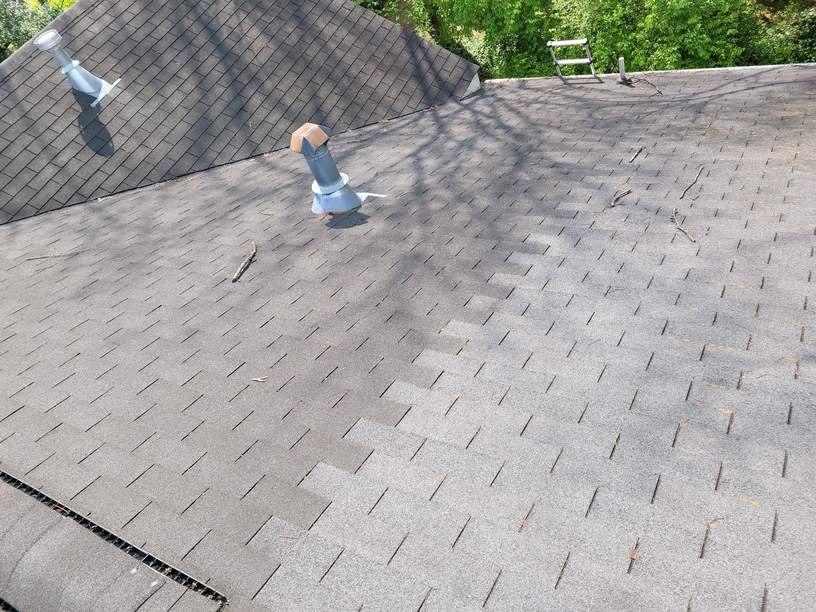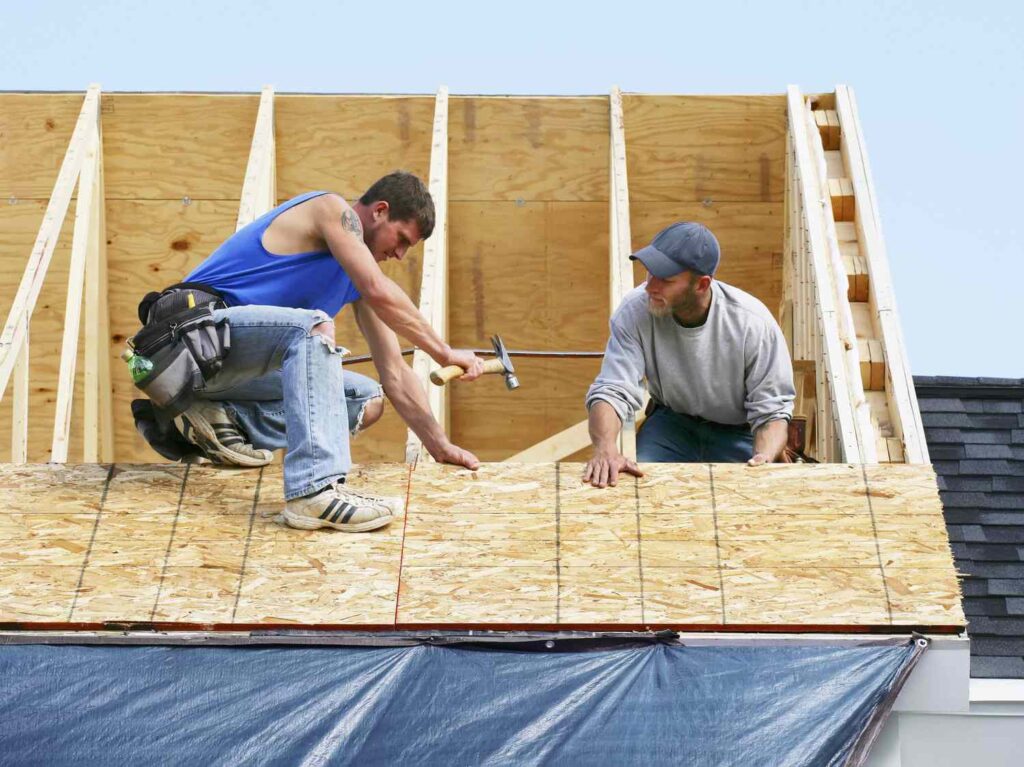Have you ever wondered if it is possible to reroof your house in sections? Well, today we are going to explore this intriguing question and find out if it can indeed be done. Reroofing is a significant undertaking, but dividing the project into manageable sections may seem more feasible. We will discuss the benefits and challenges of reroofing in sections, as well as provide some expert tips on how to approach this task. So, if you’re considering giving your roof a makeover, stick around to learn more about whether reroofing in sections is a viable option.
Benefits of Reroofing in Sections
Reroofing in sections has several benefits, making it a viable option for homeowners. One major advantage is the preservation of the underlying structure. By replacing only the damaged sections of the roof, you can protect the structural integrity of your home. This is especially beneficial if the damage is localized to specific areas, such as leaks or missing shingles.
Another benefit of sectioned reroofing is the avoidance of complete roof replacement. This can save you both time and money. Instead of tearing off the entire roof, which can be a labor-intensive and costly process, you can focus on repairing and replacing only the damaged sections. This approach allows you to address immediate issues while still maintaining a functional roof.
Cost savings in the long run are also a significant advantage of reroofing in sections. By addressing specific areas of damage or wear, you can avoid the need for extensive repairs or premature replacement of the entire roof. Over time, this can save you a substantial amount of money, as you are only investing in the necessary repairs rather than a full replacement.
Factors to Consider
Before embarking on a sectioned reroofing project, there are several key factors to consider. First and foremost, the type of roof material is important. Different materials present unique challenges and considerations during the reroofing process. The chosen material may also impact the longevity and durability of the repaired sections.
Roof age and condition are additional factors that should be assessed. If your roof is nearing the end of its expected lifespan, it may be more cost-effective to consider a complete roof replacement. However, if the existing roof is in relatively good condition apart from localized damage, sectioned reroofing can be a sensible option.
The extent of the damage is another crucial factor to consider. Sectioned reroofing is typically suitable for moderate to localized damage. If the entire roof is extensively damaged or shows signs of widespread wear and tear, it may be more practical to opt for a complete replacement.
Budget constraints should also be taken into account. While reroofing in sections can be a cost-effective solution, it still requires an investment. Evaluate your budget and determine if sectioned reroofing aligns with your financial capabilities.
Process of Reroofing in Sections
To successfully execute a sectioned reroofing project, a systematic process should be followed. This process involves several key steps that ensure the efficiency and effectiveness of the reroofing endeavor.

Assessment and Planning
The first step in the process is a thorough assessment and planning phase. This begins with a comprehensive roof inspection to identify areas that require sectioned reroofing. A professional roofer can evaluate the condition of the roof and determine which sections need attention.
Once the sections for reroofing are identified, the structural integrity of the underlying roof must be evaluated. This assessment ensures that the existing structure can support the repairs and reinforcements necessary for sectioned reroofing. Based on this evaluation, a detailed plan is developed to guide the subsequent steps of the project.

Section Identification and Preparation
After the assessment and planning phase, the specific sections to be reroofed are identified and marked accordingly. This step is crucial for maintaining organization and ensuring that no areas are overlooked. Marking the sections also helps in coordinating the subsequent steps of the process.
Before proceeding with the removal of old roofing materials, it is important to secure the surrounding areas. This involves protecting windows, doors, and other sensitive areas from potential damage during the reroofing process. Taking these precautions will minimize disruption to your daily activities and prevent any unnecessary repairs.
Once the surrounding areas are secured, the next step is the removal of old roofing materials from the marked sections. This process should be executed carefully to avoid causing further damage to the underlying structure. Depending on the type of roofing material, specific tools and techniques may be required to safely and efficiently remove the old shingles or tiles.
After the removal of old roofing materials, the exposed surface must be thoroughly cleaned and prepared for the installation of new materials. This includes removing any debris, nails, or other objects that may hinder proper installation. A clean and smooth surface will ensure effective adhesion and longevity of the new roofing materials.

Repairs and Reinforcements
Before installing the new roofing materials, any underlying damage must be addressed. This may involve replacing damaged sections of the roof or adding reinforcements to strengthen the structure. It is crucial to ensure that the underlying structure is sturdy and capable of supporting the new roof sections.
During this phase, it is also important to check for any signs of water damage, rot, or weakened areas. These issues must be resolved before proceeding with the installation of new materials to prevent further damage and ensure the long-term stability of the roof.

Installation of New Roofing Materials
The final phase of sectioned reroofing involves the installation of new roofing materials. Choosing the right material is essential for achieving the desired outcomes. Consider factors such as durability, resilience to local weather conditions, and overall aesthetic appeal.
Before installing the new materials, the surface must be properly prepared. This includes ensuring a clean, dry surface and addressing any remaining repairs or reinforcements that need to be made. Following the manufacturer’s guidelines, the new roofing material is installed, paying close attention to proper placement and alignment.
Sealing and waterproofing the new roof sections is another crucial step. This prevents water penetration and extends the lifespan of the roof. Quality control measures, such as thorough inspections and testing, should be implemented to verify the effectiveness and integrity of the installation.
Potential Challenges and Precautions
While sectioned reroofing offers numerous benefits, there are potential challenges and precautions to consider. One key challenge is achieving a seamless integration of the sections. Proper alignment, color matching, and blending of the new materials with the existing roofing are essential for a visually appealing result. Hiring experienced professionals can help overcome this challenge.
Weather and climate considerations are important factors to bear in mind. Inclement weather conditions during the reroofing process can disrupt the project and compromise the integrity of the new materials. Ensure that weather forecasts are taken into account and plan accordingly to minimize any potential complications.
Proper installation of flashings is another critical aspect of sectioned reroofing. Flashings play a vital role in preventing water infiltration around vulnerable areas, such as chimneys, vents, and skylights. Improper installation can lead to leaks and structural damage. It is advisable to seek professional assistance to ensure accurate installation and maximum protection.
Expertise and experience are essential for the success of a sectioned reroofing project. Professionals with the necessary skills and knowledge can provide guidance, recommend suitable materials, and execute the project with precision and efficiency. Their expertise can help mitigate potential risks and ensure a high-quality result.
Safety precautions should never be overlooked during the reroofing process. Working at heights, handling tools and equipment, and maneuvering on rooftops can pose significant risks. It is imperative to adhere to safety regulations, utilize appropriate safety gear, and prioritize the well-being of those involved in the project.
Conclusion
Reroofing in sections is a viable option for addressing localized damage and extending the life of your roof. The benefits of preserving the underlying structure, avoiding complete roof replacement, and achieving long-term cost savings make sectioned reroofing an attractive choice for homeowners.
Thorough assessment and careful planning are crucial in ensuring the success of a sectioned reroofing project. Proper identification and preparation of the sections, along with the removal of old materials and repairs, are key steps in the process. Finally, the installation of new roofing materials, while considering potential challenges and precautions, completes the project.
Consulting with professionals who possess expertise and experience in sectioned reroofing is strongly recommended. Their advice and guidance can help you make informed decisions, select suitable materials, and ensure that the project is executed to the highest standards.
By carefully considering the factors, following a systematic process, and keeping potential challenges and precautions in mind, you can successfully embark on a sectioned reroofing project that will enhance the longevity, functionality, and appearance of your roof.
